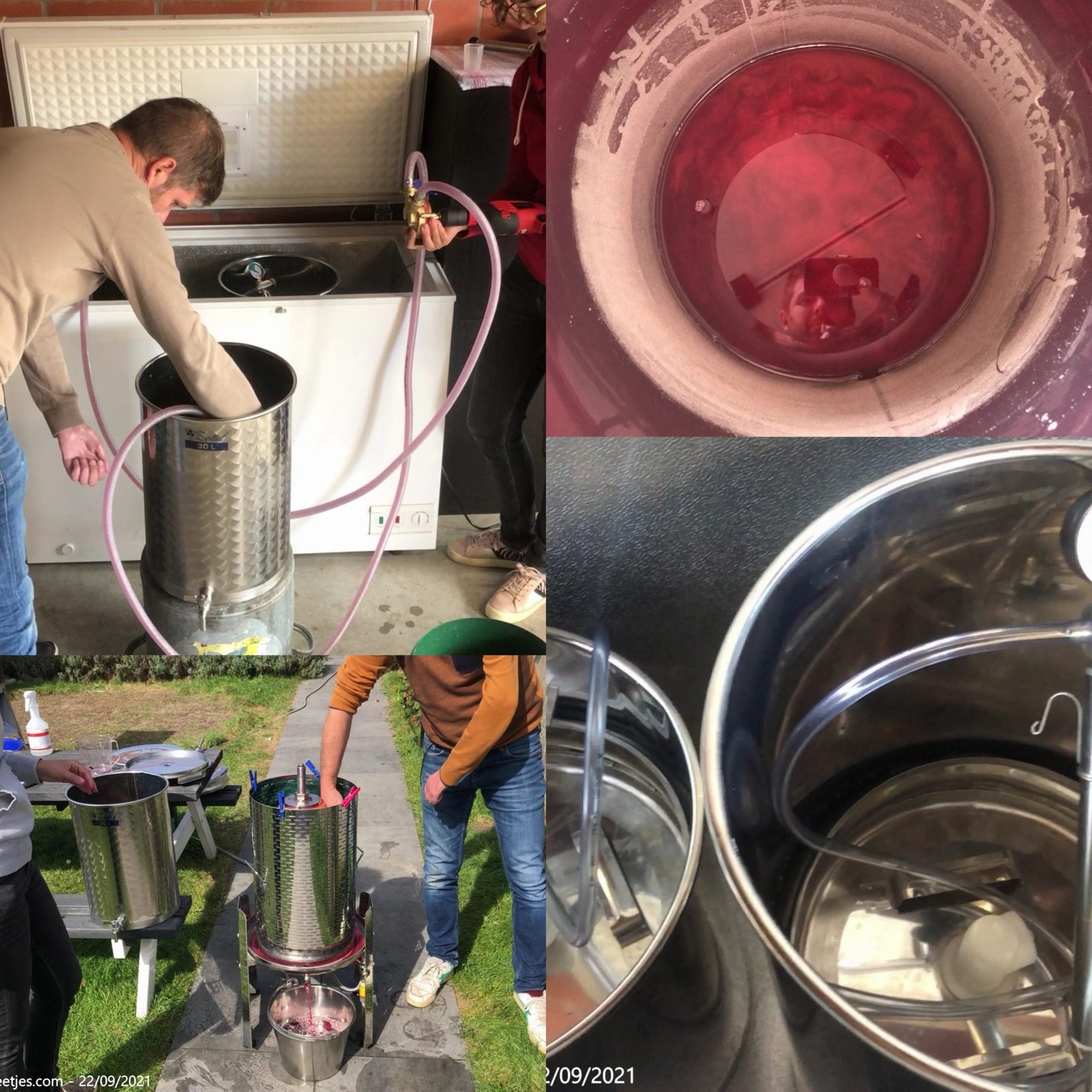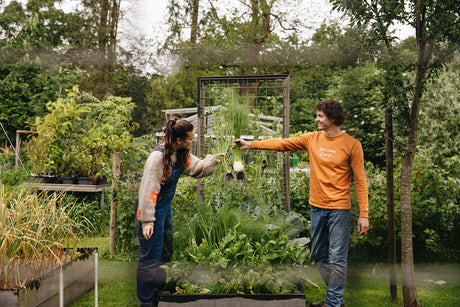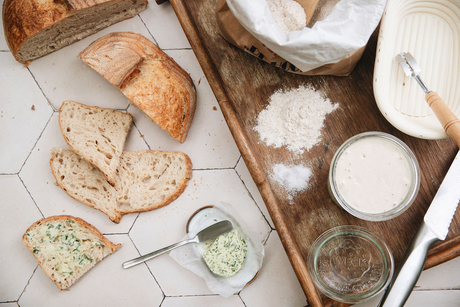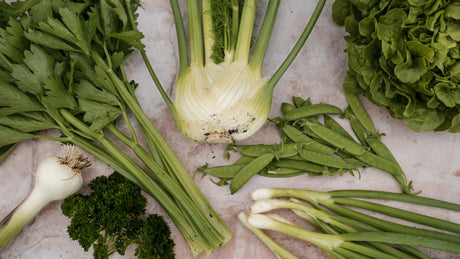You only get one chance a year, don't blow it
Using a stainless steel tank to make your own wine at home makes a world of difference. You only get one chance to make wine a year, so you better not mess it up. A stainless steel tank with a floating lid eliminates the need to handle glass marbles after racking. It's also more hygienic than plastic tanks and much safer than glass Dame Jeannes or fermentation bottles.
A stainless steel tank can support your entire winemaking process
I personally use Zottel stainless steel tanks between 50 and 150 liters . You can get them up to 10,000 liters, but I'd never find my wine volume in that. A major advantage is that you can use a stainless steel tank during all stages of the winemaking process. Here are all the winemaking stages where your must or wine can remain in a stainless steel tank.
- Skin maceration
- Pre-clearance
- Fermentation
- Malolactic fermentation
- Upbringing
- Bottling (for smaller tanks)







